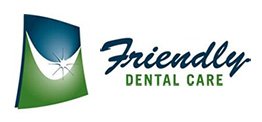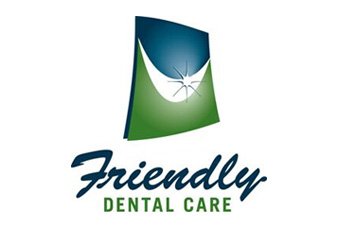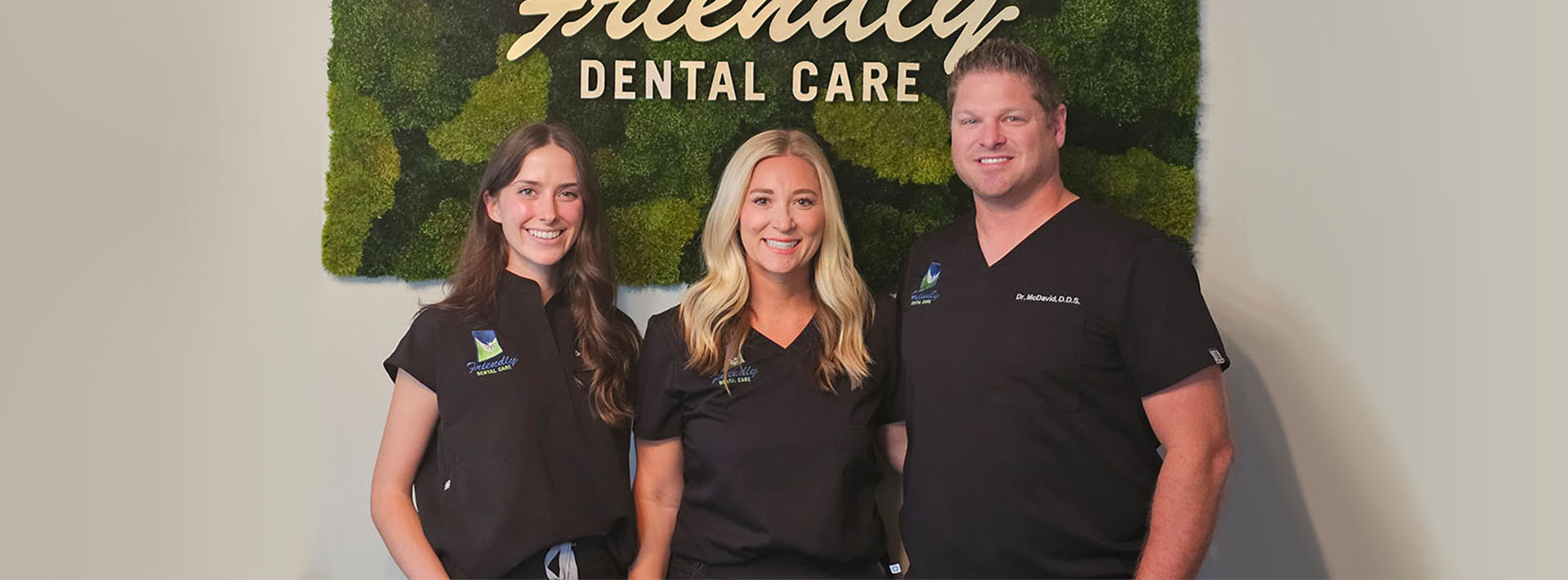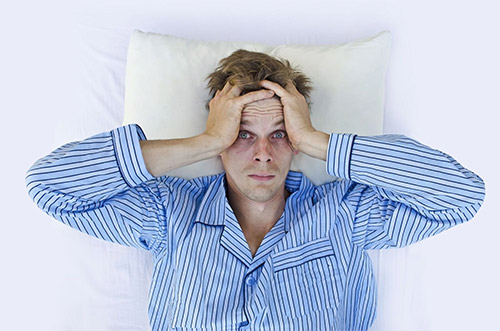Sleep apnea is a condition in which patients stop breathing repeatedly for very brief periods of time while asleep. Not only can sleep apnea cause fatigue and drowsiness that can interfere with your quality of life, it also appears to have some sort of relationship with serious health problems, such as heart attacks and strokes. Effective sleep apnea interventions are available, so patients should be aware of the signs and symptoms of this condition so that they can consult with a dentist about treatment.
Why Sleep Apnea Happens
The most common type of sleep apnea is obstructive, in which the soft tissues at the back of the throat to go slack and cover up the airway opening, forcing the patient to stop breathing briefly. Your brain recognizes that you have stopped breathing and wakes you briefly to resume respiration. Some risk factors for sleep apnea include obesity, family history of the condition, smoking, asthma, chronic nasal congestion and enlarged tonsils and adenoids.



